If you’ve read (and/or remember) the Iliad you recall that the people attacking Troy were “Greeks” from Mycenae. Today we visited their main city/fortress. We did other stuff too, but we’ll get to that later.
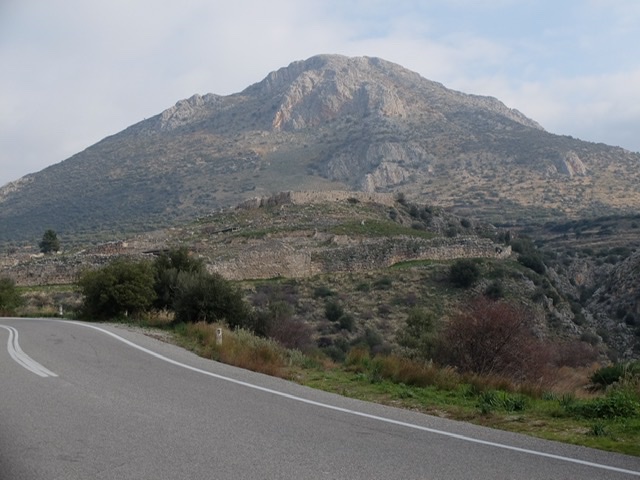
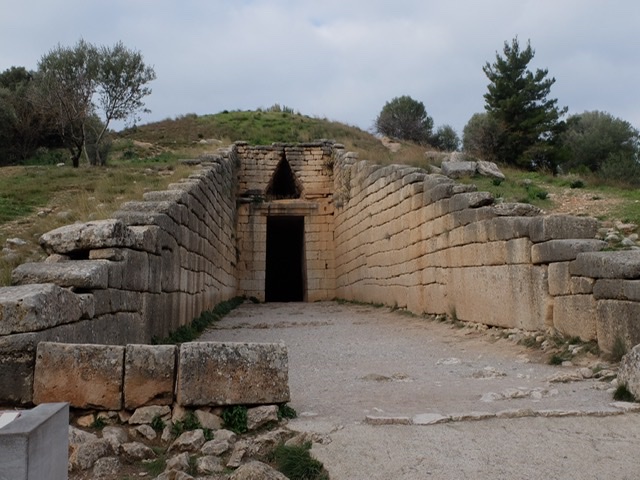
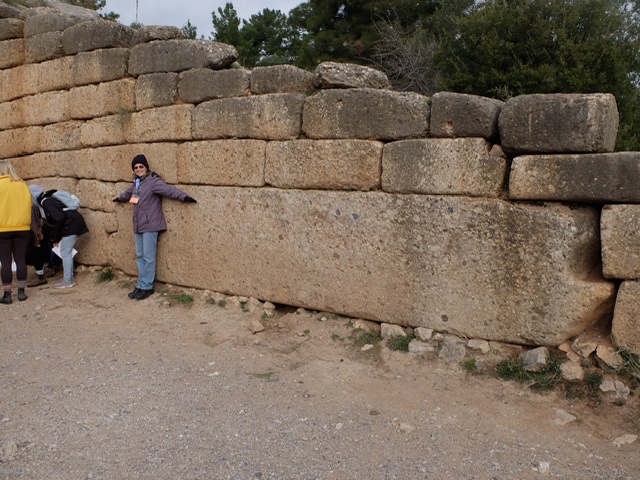
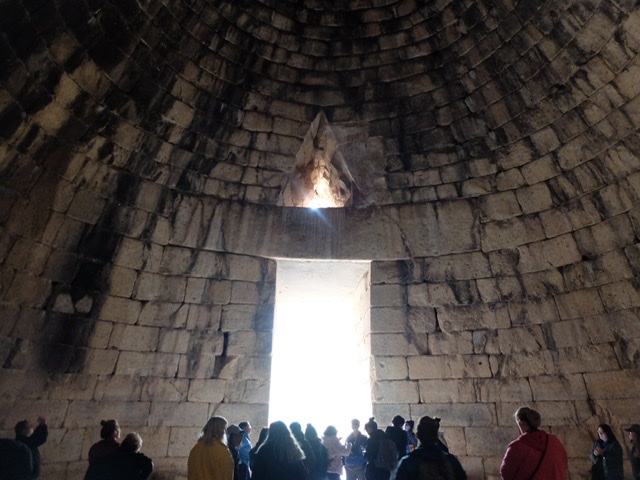
After ooing and ahhing over the tomb we proceeded to the site’s museum. They’ve got a good collection of artifacts (and copies of some that are on display in the museum in Athens – Remember the “mask of Agamemnon” you saw on Friday? It came from this site.).
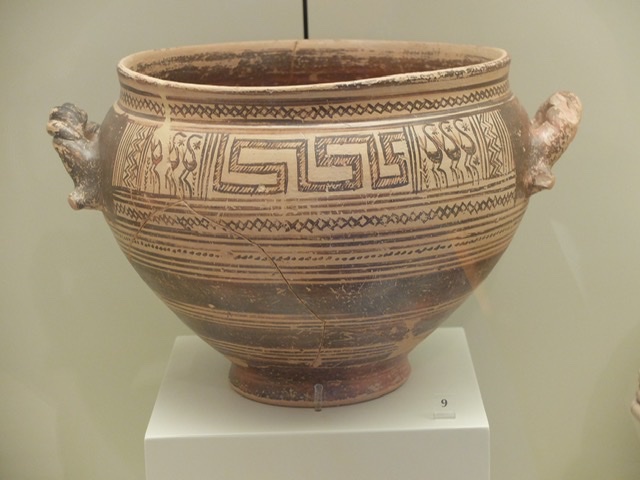
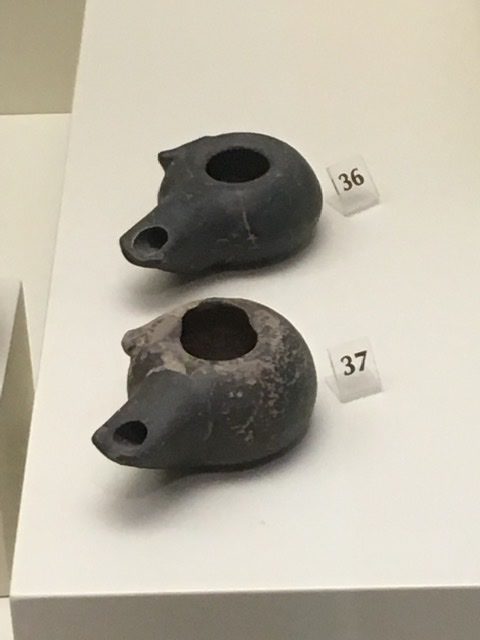
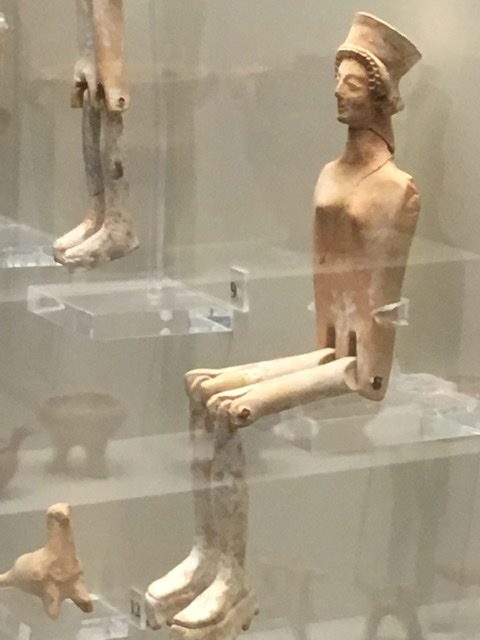
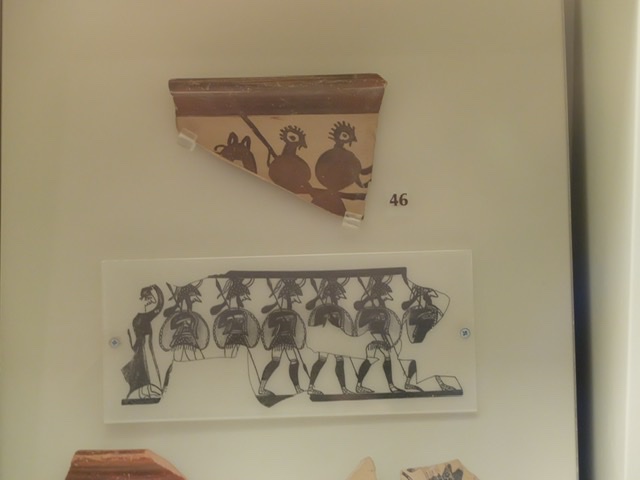
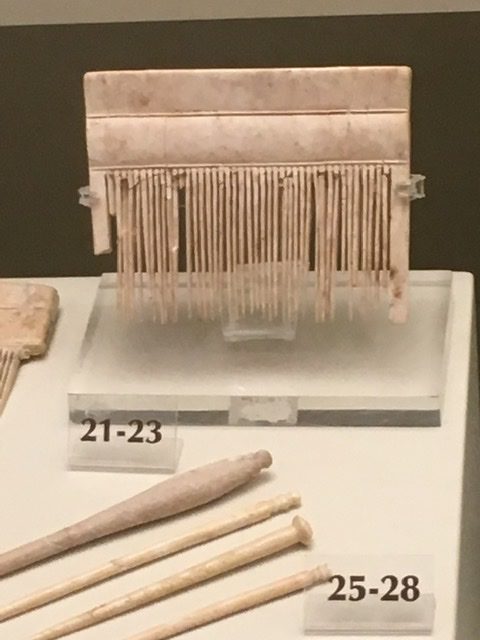
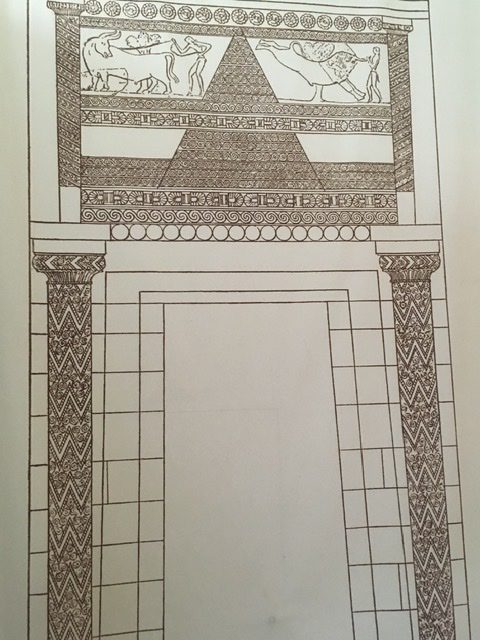
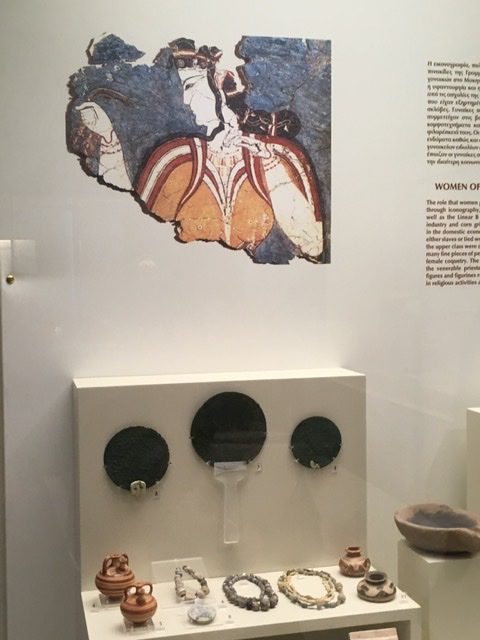
Following the museum we headed out to the actual site.
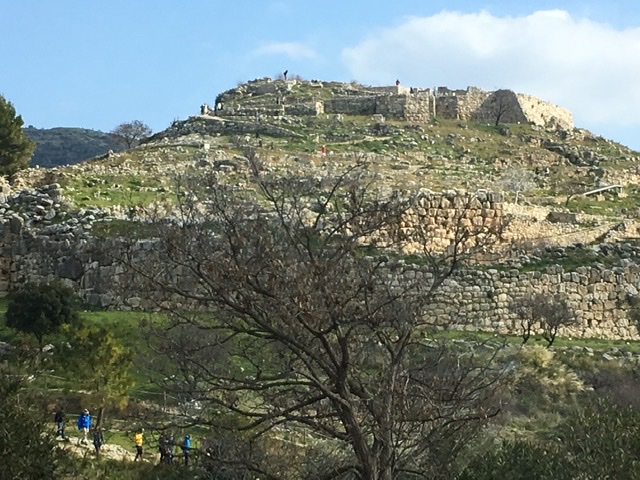
The first thing we encountered was the so-called “Lion’s Gate.”
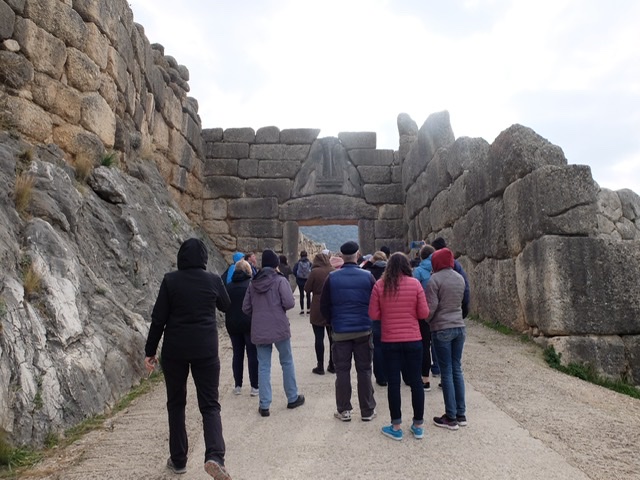
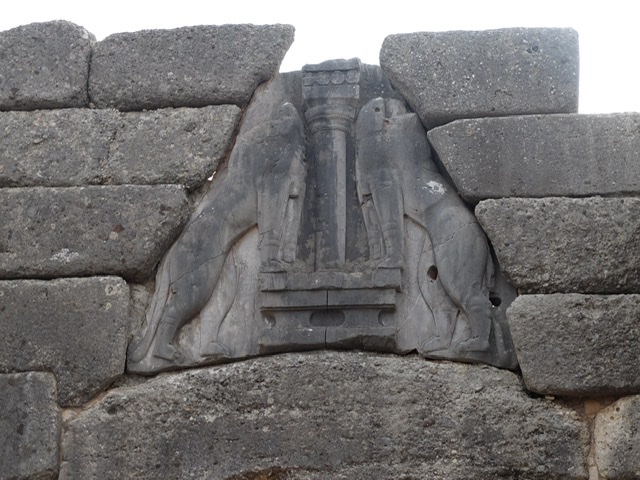
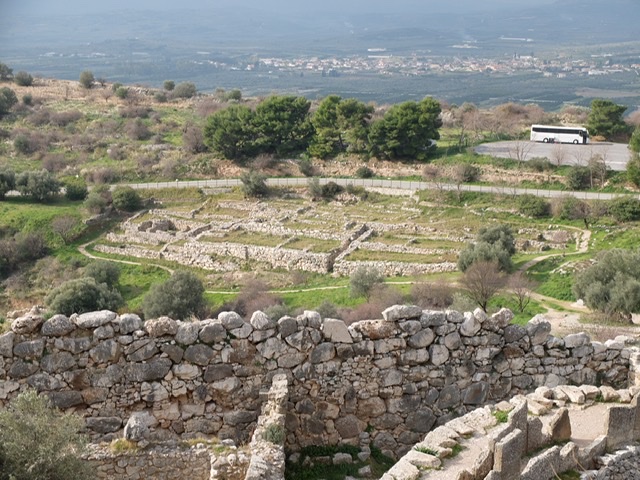
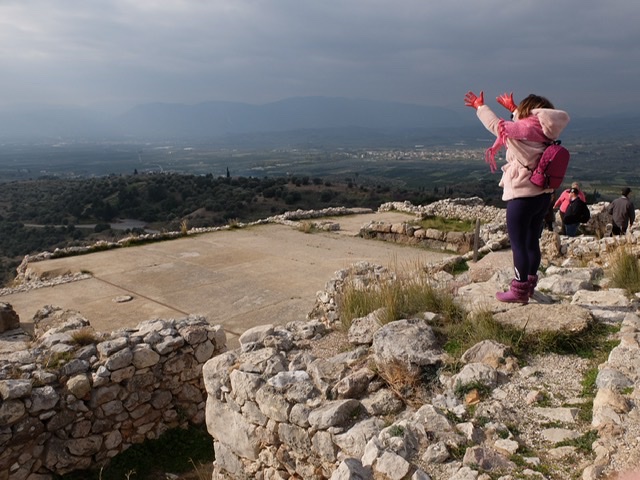
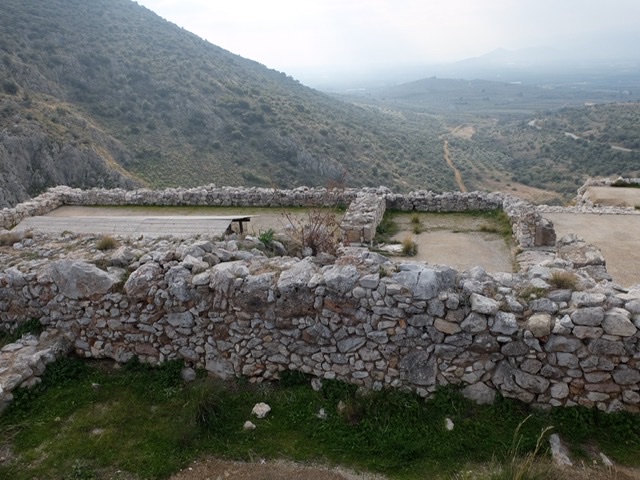
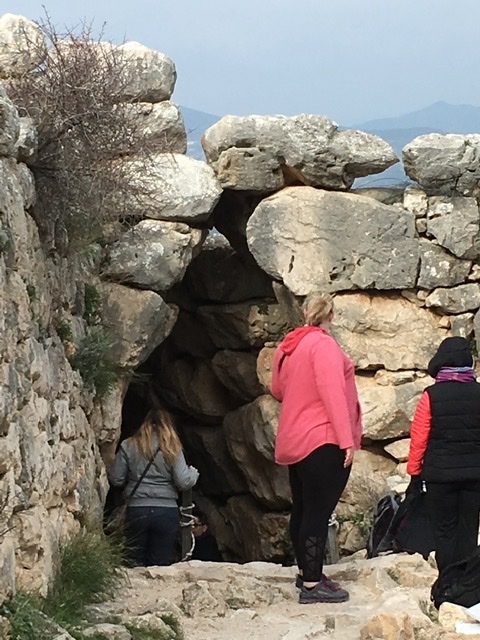
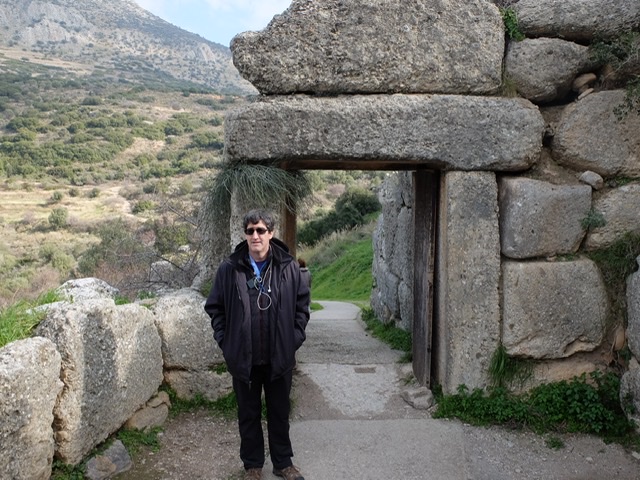
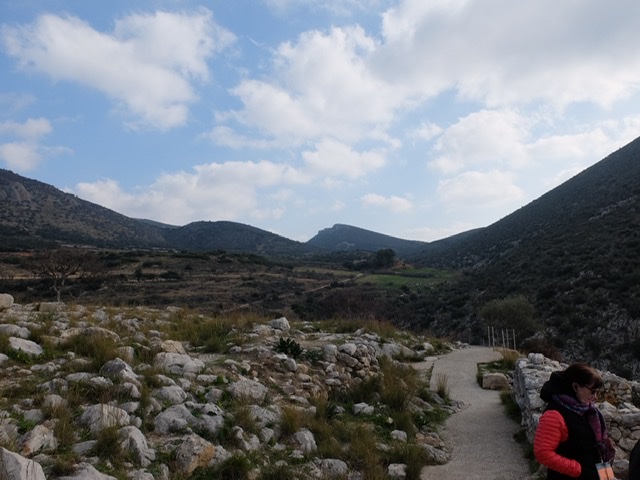
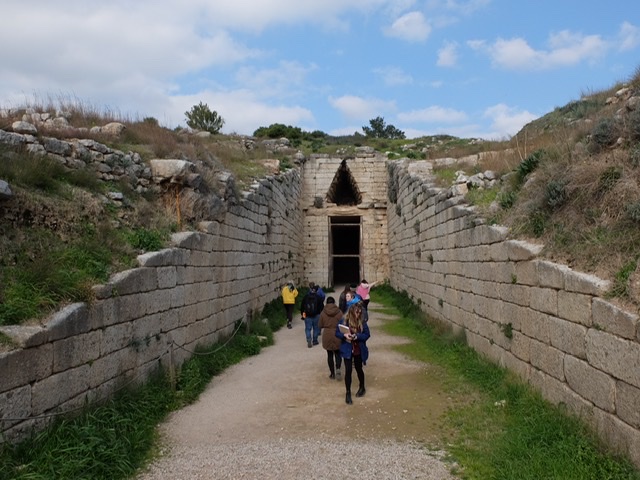
Then it was time for lunch.
After Lunch we visited the ruins of Asklepion – a Roman era healing center.
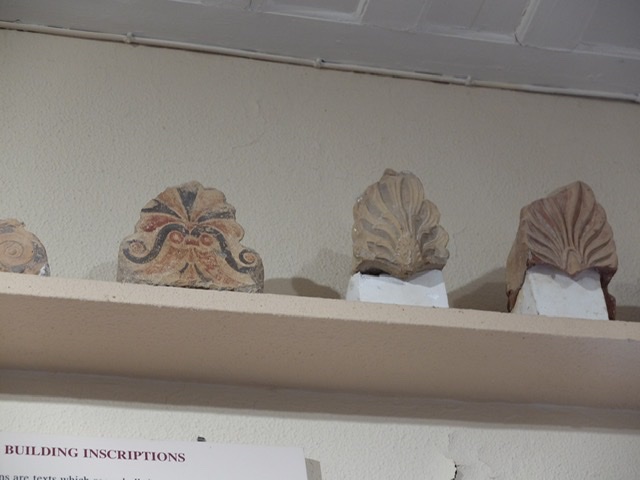
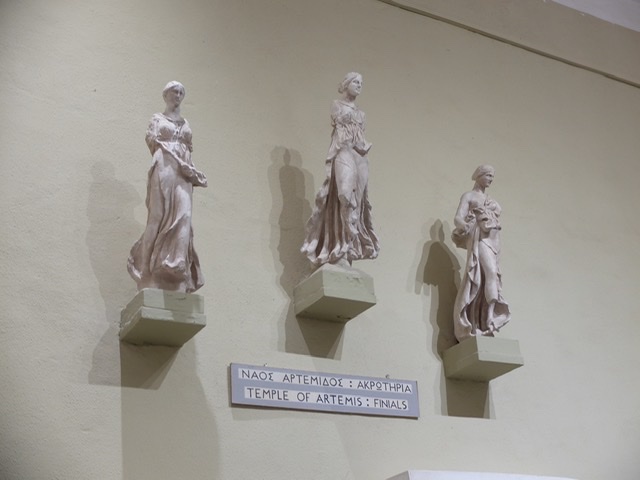
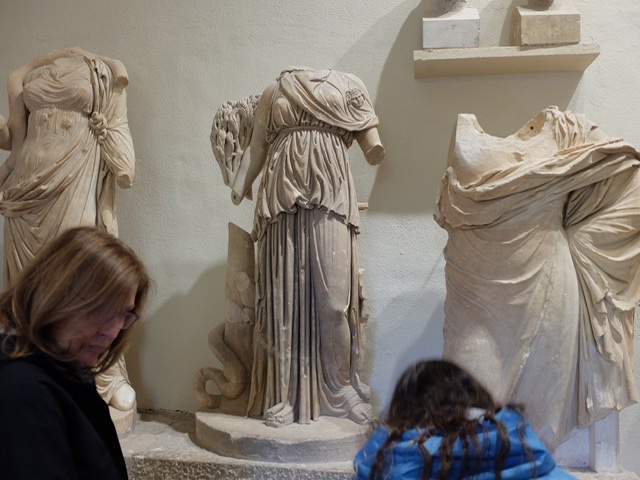
Also connected with the site is the 4th century BC theatre of Epidaurus.
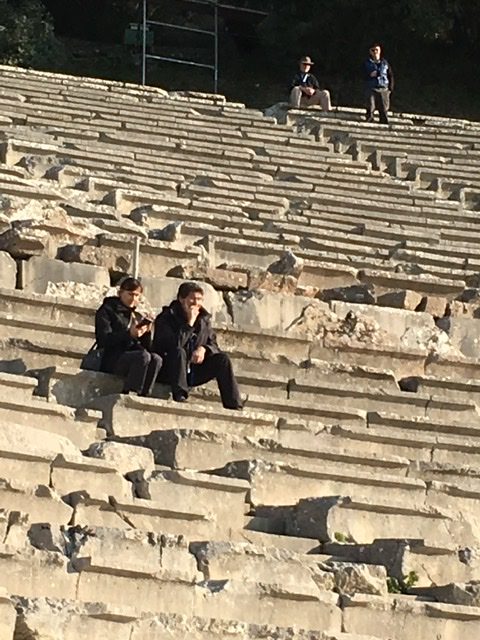
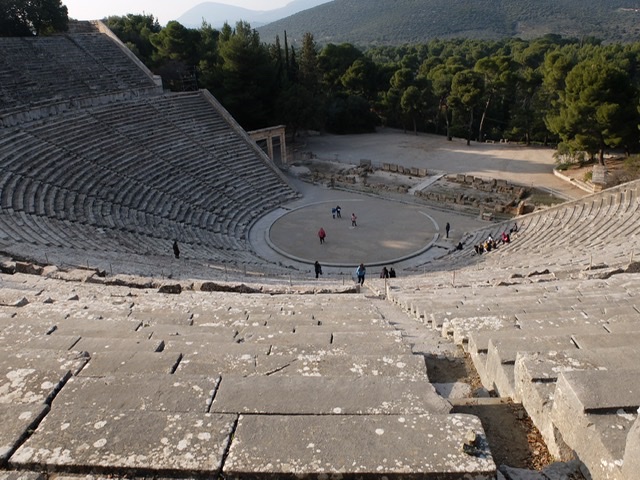
Then it was time to head back to Nafplion for a rest, dinner, blogging/reading, and packing. Tomorrow we head for Olympia.
See ya, bye.
R
Those acoustics are incredible! So glad you got to experience that! And no need for the gym yesterday, just do those steps twice and you’re good!
Cool Acoustics in the Theater!
We agree- best part of this story is the acoustics. So cool. Now- what have you guys been eating??? I need more pics of food. 😉